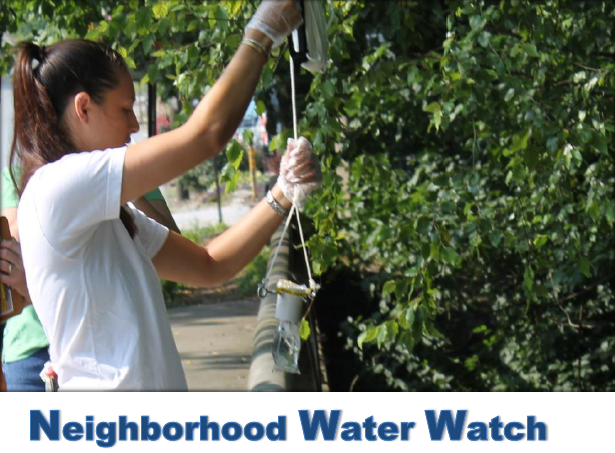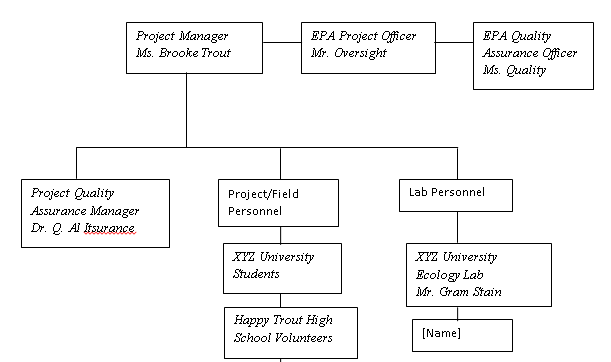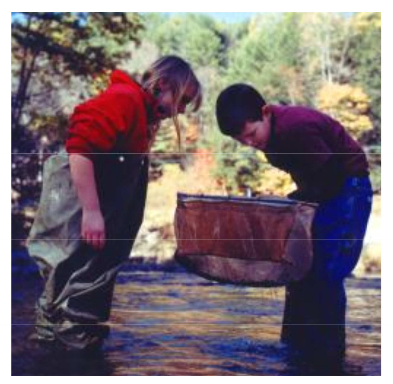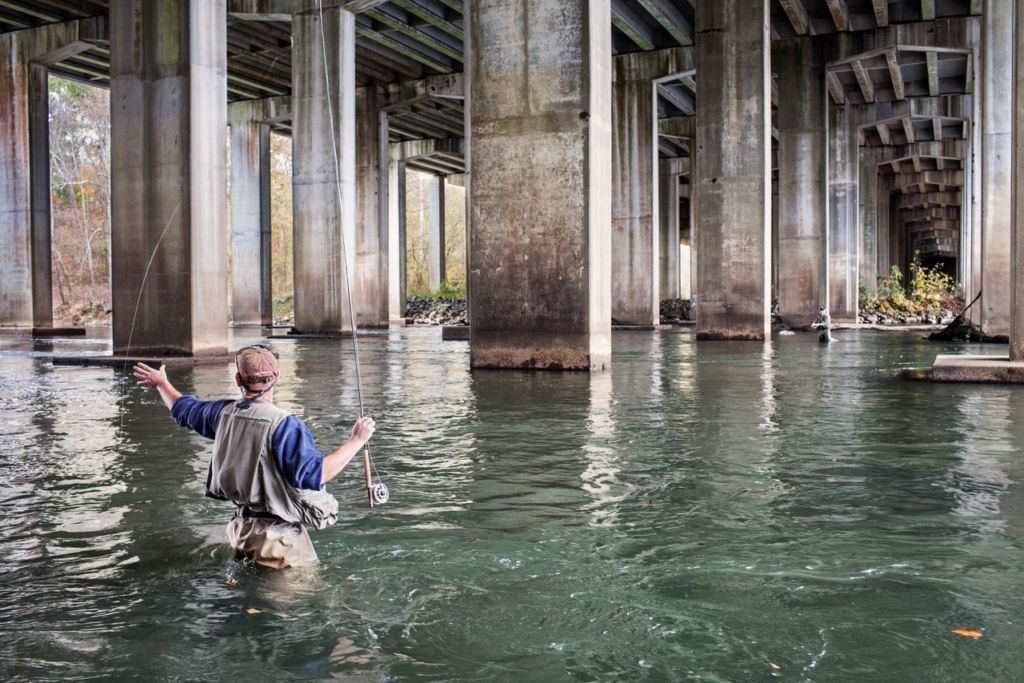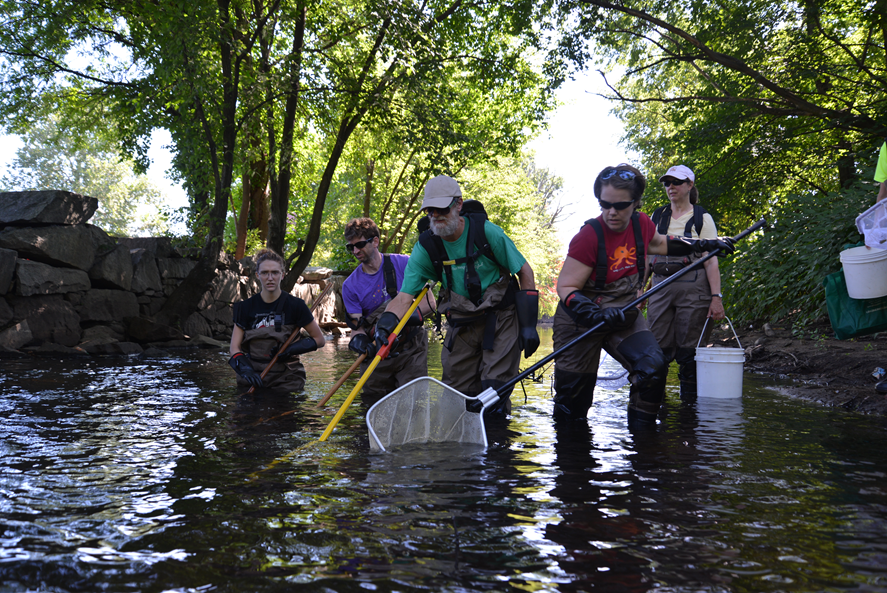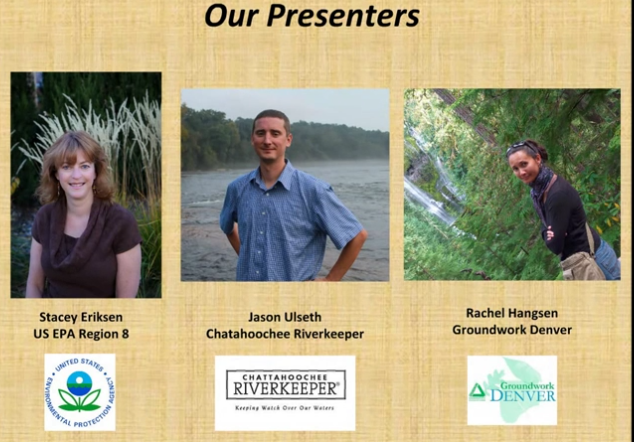community science
April 20, 2016
The purpose of this document is to layout the framework for other organizations to start similar volunteer based water quality monitoring programs. Though the Chattahoochee Riverkeeper program is specifically geared […]
April 20, 2016
A quality assurance project plan (QAPP) states the objectives and procedures to be followed for a project that uses or collects environmental information. This WORD document was provided by EPA […]
February 9, 2016
An overview of the extent to which volunteer monitoring efforts are incorporating partnering into their strategies, and how those partnerships work.
October 11, 2015
The Citizen-led Monitoring of Urban Wetland Restoration in New Orleans creates active wetland advocates by placing technology into community members’ hands, especially in those of low-income Lake Pontchartrain residents. This effort was supported in part by a $50,000 Urban Waters Small Grant funded by EPA.
July 7, 2015
The Chattahoochee River drains more than 8,500 square miles and is the most heavily used water resource in Georgia. The river starts as a cold-water mountain stream and flows 430 miles to its confluence with the Flint River at Lake Seminole and the Florida border, traveling through the cities of Atlanta and Columbus, GA along the way.
June 6, 2015
In 2014 the Blue River Watershed Association (BRWA) received $59,940 from EPA’s Urban Waters Program to work with its partner agencies to engage eight teams of urban middle school students, four teams this spring and four teams in the fall. BRWA will engage the youth in water quality monitoring studies, data collection, and community presentations and projects.
April 22, 2015
Funded by an EPA Urban Waters Small Grant, the Wood-Pawcatuck Watershed Association and the Woonasquatucket River Watershed Council teamed up with the Rhode Island Dept. of Environmental Mgmt. and other partners to develop a fish community monitoring program for Rhode Island’s wadeable urban rivers and streams. Program goals are to assess changes to habitat health, target locations for water quality restoration initiatives, engage community members in citizen science initiatives, and provide water quality information to the public.
April 8, 2015
Recorded webinar that reviews EPA resources to support volunteer monitoring programs and details two successful volunteer water quality monitoring programs in Atlanta and Denver.
April 7, 2015
In 2012 the Pollution Prevention Institute at Kansas State University was awarded a $60,000 urban waters small grant from EPA, part of which was used to conduct water quality monitoring in the river channel in addition to engaging the public in the removal of invasive species along the river bank. Intended outcomes of their project include establishing an understanding of the pollutants present in the river and helping create a more informed public which understands the importance and process of maintaining the integrity of the river channel.
March 26, 2015
In 2012 Groundwork Denver received funding from the Colorado Department of Public Health and Environment through the Environmental Protection Agency’s (EPA) 319 Nonpoint Source funds. With EPA’s funding Groundwork Denver has successfully created a non-point source watershed plan for the Lower Bear Creek.

